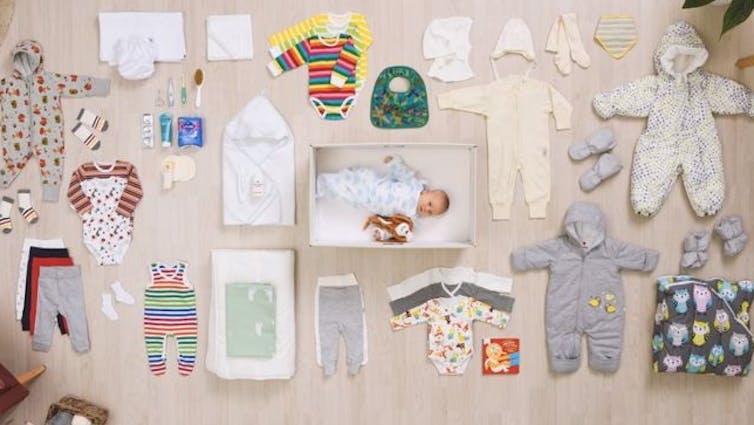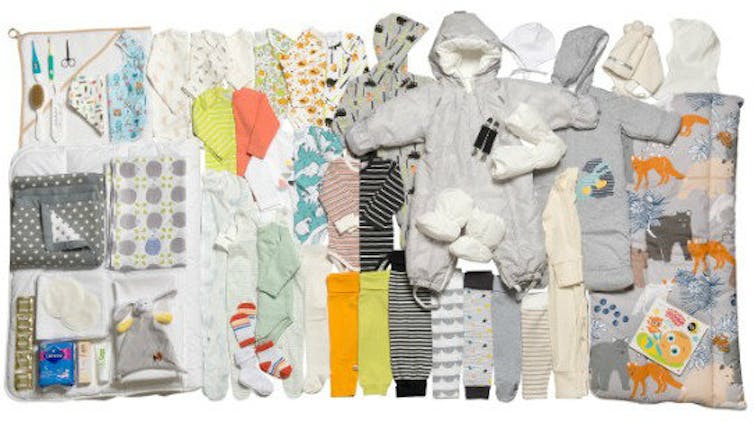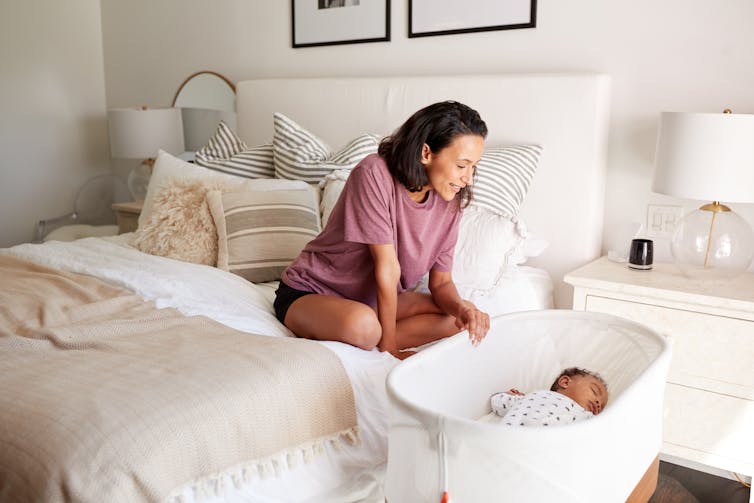Authors: Dr Paul Willis (Head of the Centre for Research in Health and Social Care, School for Policy Studies, University of Bristol), Dr Christine Dobbs and Dr Elizabeth Evans (Centre for Innovative Ageing, Swansea University).
Recently The Sunday Times broke news that the UK Government would scrap proposals for legal reform to allow trans citizens to self-identify their gender. A consultation on proposed changes to the Gender Recognition Act 2004 in England and Wales (first proposed in 2016) included whether individuals should be given the right to self-define their gender rather than having to prove this through the current medicalised measures embedded in the 2004 Act. A response from the UK Government to the consultation is yet to be released publicly, although the story in The Sunday Times suggests a step away from this proposed action.
Importance of inclusive and gender-affirming environments
Running alongside this proposed U-turn in policy direction have been intensely debated concerns about the ‘threat’ that trans people, namely trans women, represent to single sex spaces for women. This is not the first time that trans individuals have been misrepresented in media press as a threat to the rights of others. Within the title and text of the article published in The Sunday Times the increased recognition and rights for one group (trans citizens) is presented as oppositional to the rights of others (in this case women seeking safe spaces in women-only facilities).
It’s as though we can’t talk about the extension of rights for one group without compromising important safeguards for another. It also secludes the material reality that some trans individuals will require access to safe women-only spaces and services when experiencing abusive relationships. The two groups are not mutually exclusive.
This comes at a time when trans citizens in the UK more than ever need safe, supportive and gender-affirming services. Findings from a recent national survey of 100,000+ LGBT citizens highlight socio-economic disparities between cisgender (individuals whose gender matches the sex assigned to them at birth) and trans respondents. For example, trans respondents were more likely to have left education after secondary school and to earn less, and were less likely to have had a paid job in the 12 months prior to the survey.
The findings bring acute attention to the safety concerns of trans citizens: over two thirds of trans respondents stated they avoided being open about their gender out of concern for negative responses from others. They reported higher rates of verbal, physical and sexual harassment and violence than cisgender respondents. In parallel, hate crimes perpetrated against trans citizens increased by 32% in England and Wales between 2016-17 and 2017-18. This represents crimes that are reported to the police so is likely to be an underestimate.
Trans ageing and care in later life
Trans individuals in mid to later life will be no strangers to debates about the extension or erosion of equal rights and recognition for trans citizens in the UK. They have lived through multiple decades of change to equality and human rights law and social and healthcare policy and provision. Older trans adults are frequently invisible in public discussions about legal and social reform and healthcare provision for trans citizens, with much greater attention being given to the needs and interests of children and adolescents. Receiving good, inclusive healthcare will become more of a priority for many trans adults having to manage multiple health conditions in later life or to those providing care to significant others experiencing health-related changes.
Our recently published paper brings attention to the ageing-related concerns and expectations of trans and gender non-confirming individuals in mid to later life. We report key findings from a research study into the health and social care needs of older trans people in Wales, UK. The study culminated in the creation of practice guidance for healthcare professionals and social workers and the production of four short digital stories. These stories capture the ageing experiences of trans individuals living in Wales and were produced by trans filmmakers Fox and Owl from MyGenderation.
In our new article we highlight the key turning points trans individuals experience in mid to later life that trigger decision-making about seeking to transition socially and medically. A central theme is the notion of ‘trans time’ and the ways in which trans individuals experience the passage of time as non-linear. For some individuals later life has been experienced as a new life-chapter and return to young adulthood, partly stemming from gaining access to gender-affirming and supportive healthcare services.
For others later life was overshadowed by a sense of running out of time as they experienced frequent delays and hurdles in seeking to transition through medical means. This was often a result of systemic problems with the provision of gender-affirmative healthcare services by public bodies in England and Wales. We are happy to report that since we completed the study a new Welsh Gender Service for adults has been launched by NHS Wales. We hope this leads to a much-improved service for Welsh residents. However, there is still much more to be done.
Being able to change gender legally without having to rely on medical diagnosis and treatment would make older age a much more positive experience for many trans individuals seeking to transition in later life. Less time and energy would be spent on having to navigate through a complicated healthcare system; this is particularly important for older individuals who have ongoing concerns about their health and wellbeing and want to experience older age as a new lease of life and receive full recognition for who they are. Older age is too often understood through a biomedical lens of physical and mental decline and impairment – the biomedical lens of old age can eclipse recognition of older people’s social identities, life-experiences and life-history. Untangling medical intervention from gender transitioning and legal recognition would be a step closer to a more positive ageing experience for many trans individuals. Finally, not all people taking part in our study sought to transition through medical means, further highlighting the importance of separating legal recognition from medical requirements.
Self-identification, dignity and maintaining autonomy are important dimensions to positive ageing for older adults; the proposed law reforms would help extend this for older trans individuals.
———————————————————————————————————-
Email: paul.willis@bristol.ac.uk
The paper is available to read online as open access: Willis, P., Raithby, M., Dobbs, C., Evans, E., & Bishop, J. (2020). ‘I’m going to live my life for me’: Trans ageing, care, and older trans and gender non-conforming adults’ expectations of and concerns for later life. Ageing and Society, 1-22. DOI: https://doi.org/10.1017/S0144686X20000604
Visit the Trans Ageing & Care website to view the digital stories and other resources. The study was funded by the Dunhill Medical Trust, 2016-2019 (Grant no. R416/ 0515). A summary of the study can be read here.
————————————————————————————————————







